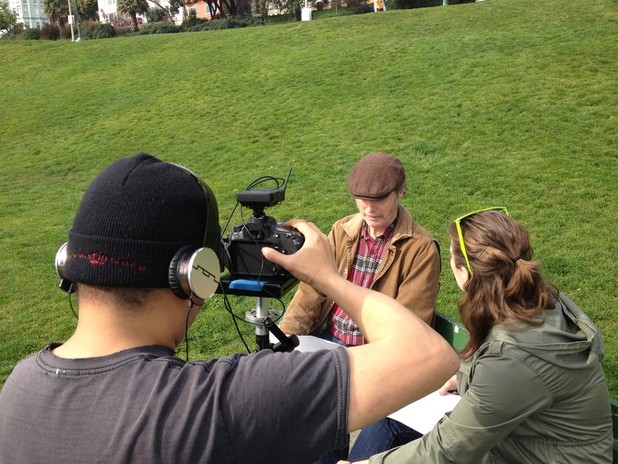September 24, 2013
Several months and several US cities later, John Won and his IDEO.org team conclude their research into the lives of long-term job seekers. They emerged from the human-centered design process with some important insights and opportunities for design.










With support from the Rockefeller Foundation to dive into the issue of long-term unemployment, our IDEO.org team – Robin Bigio, Molly Norris, and I – used a human-centered design approach to come to a number of insights and to synthesize the opportunities for design. In-context interviews in several metropolitan regions allowed our team to develop insights based on the real-life experiences of job seekers and employers across the United States.
Here’s a peek into our key insights and observations alongside some of their opportunities for design (highlighted in italics). These opportunities define entry points where a number of potential stakeholders – philanthropists, organizations, businesses, and social entrepreneurs, alike - can have large impact in moving towards designing solutions.
Aimless Applying
The increased role of online channels allows job seekers to search for and apply to jobs more quickly and easily than ever. However, the lack of feedback and responsiveness in the online process causes seekers to broaden their search and apply to jobs for which they lack qualifications and interest. The act of continually applying for jobs often becomes the only part of the process that provides emotional satisfaction to long-term job seekers. How might we find a way to encourage job seekers to gain focus and build confidence over time?
Storytelling Struggles
The long-term unemployed face stigmatization in the hiring process – often perceived as inferior candidates with obsolete skills. Many struggle with less-than-savory histories, such as disparate job paths, burnt bridges, and felony records. And while job seekers frequently develop valuable skills during their unemployment, they often see these skills as irrelevant to work and choose not to share them. As employment gaps broaden, this leads to greater anxiety and dishonesty in the hiring process, while at the same time, employers are seeking more assurances and qualifications to consider hiring long-term unemployed candidates. How might we shift away from dates and titles and put a greater focus on skills and passion?
Rigid Requirements
Employers have become increasingly selective and risk-averse in hiring candidates. This has led to a high number of open jobs that remain unfilled, despite a deluge of qualified long-term unemployed applicants. In part due to a slow economic recovery, companies have become hesitant to hire, much less invest money in training new hires. Instead, they often hire entry-level individuals as contractors or temporary workers, and frame it as a "trial mode." In an attempt to mitigate risk, employers seek out candidates who match the exact qualifications and specialized experience for a position. The perception of an endless pool of talent gives employers permission to hold out for an imagined ideal. Employers end up prioritizing requirements and credentials rather than skills and capabilities. How might we create a system where employers embracing their existing applicant pool?
Superficial Screening
Employers screen out long-term unemployed candidates early in the process, often for arbitrary reasons. As human resources (HR) departments have shrunk, hiring managers have been tasked with adding full-time recruiting responsibilities on top of their own. When struggling to review a flood of applicants efficiently and quickly, hiring managers often apply arbitrary and irrelevant filters to reduce the number to a manageable size. To bypass this broken process, employers increasingly rely on referrals to assemble a trusted pool of candidates. However, referrals operate within existing, often tight-knit professional networks to which long-term unemployed job seekers do not have, or have lost. How might we create a people-first, paperwork-second approach to selecting the ideal candidates?
In addition to conveying these insights and opportunities for design to our funder, the Rockefeller Foundation, our IDEO.org team strove to further illuminate these findings through another creative approach and produced a short film. This video shared key stories and insights, told through the experiences of three job seekers and two employers. Using a documentary-style and “creative non-fiction” format, the characters’ stories were based on real people whom we’d interviewed in Cleveland, Houston, Los Angeles, and the Bay Area. Though individuals were played by actors, in most cases dialogue was drawn directly from interview transcripts. Also joining the IDEO.org team was filmmaker, HP Mendoza, who helped define the direction and content, as well as shoot and produce the video. The interview style of filming, chosen by HP Mendoza, helped to convey not only the determination and optimism of the long-term unemployed, but also their dignity.
View the 10-minute video on long-term unemployment here.

